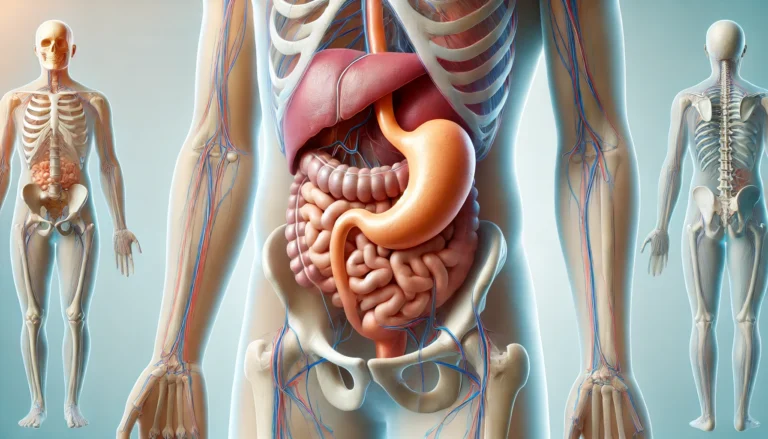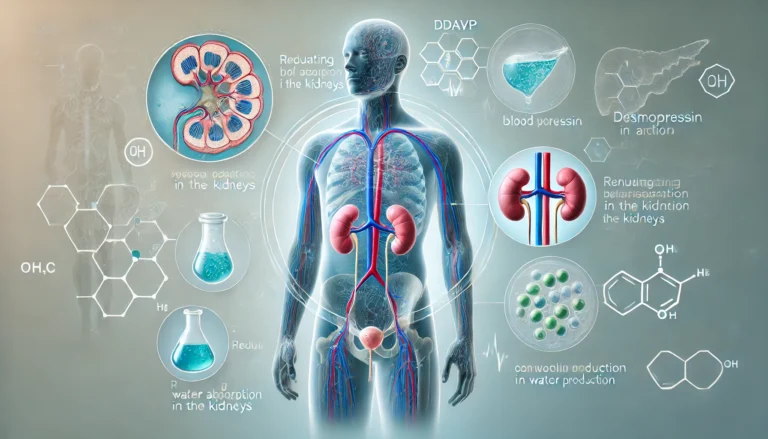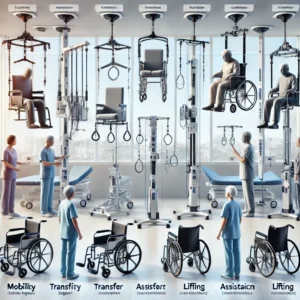Standing lifts are very crucial in the lives of immobile patients. It helps users change their positions from sitting to standing and perform their daily tasks, thus making them more independent. This blog will examine the diverse range of stand hoists designed to cater to the unique requirements of patients with varying medical conditions.
1. Standard Stand Hoists
Standard stand hoists are the most widely used in healthcare settings. They are ideal for patients who have some ability to bear weight but require support to stand up. These, occasioned by a lifting arm and supportive knee block, involve the patient in the actual hoisting process, which is excellent for muscle tone and joint flexibility. This type also assists in moving around and, simultaneously, in rehabilitation since it promotes muscle movements.
2. Bariatric Stand Hoists
On the other hand, a bariatric stand hoist is designed for use on obese people and is usually capable of holding up to 300 kgs or even more. These hoists have a durable structure and broader structure at the base, so the operation is safe when moving patients. Bariatric hoists are essential in offering dignified care and minimising the likelihood of accidents to patients and carers while handling the patients.
3. Compact Stand Hoists
It is advantageous to have compact stand hoists, especially in homes or any healthcare establishments where space is usually at a premium. Their design focuses on maneuverability and efficiency in small spaces like narrow corridors or cramped patient rooms. Despite their smaller size, these hoists do not compromise patient safety or comfort, making them an excellent choice for personal home care.
4. Pediatric Stand Hoists
Child lifts are specially designed for use with young patients and children. These devices are comfortable; they are also flexible and can be adjusted to reflect a child’s growth. These hoists are generally more colourful and creatively designed than the adult ones, mainly ensuring a child-friendly environment in the medical setting.
5. Sit-to-Stand Recliner Hoists
Sit-to-stand recliner hoists have a reclining feature, which significantly benefits addressing situations where the patient cannot stand steady in an erect position. It is much more helpful for patients who are coming from operations or those who are having significant mobility issues. This is useful in transferring the patient from sitting to standing as it affords them the comfort they need and, simultaneously, they are safe.
6. Portable Stand Hoists
Size-adjustable and portable stand hoists and CHS Healthcare hoist slings can be easily relocated and set up as required in various locations, such as at home or while travelling. These hoists are portable and can be easily folded and moved, which makes them convenient to use where caregiving is required on the move or for short-term use only. They allow the caregivers to affirm support without acquiring another apparatus in other settings.
7. Powered Stand Hoists
Powered stand hoists are devices that facilitate automated lift aids that reduce the burden on caregivers. Some of the characteristics of this device include the lifting speed control and easy-to-use controls to guarantee smooth lifting techniques. That is why powered hoists are especially useful when a few caregivers attend to several patients with a high degree of immobility.
8. Tilting Stand Hoists
Tilting stand hoists offer a unique feature that allows the hoist to tilt, aiding patients needing help shifting their centre of gravity. This hoist type suits patients with minimal mobility who require assistance initiating the standing motion. The tilting mechanism helps simulate the natural bending of the knees and hips, facilitating a more comfortable transition to a standing position.
9. Hydraulic Stand Hoists
The hydraulic stand hoists are of a manual type and use a hydraulic system to lift the patient. These hoists are usually cheaper than electric hoists, and because their working mechanism is not complex, many people patronise it for its reliability. However, they need more work from the caregiver; hence, they are appropriate for use in areas with little or no electricity to run electric hospital beds or for patients who cannot be lifted frequently.
10. Ceiling-Mounted Stand Hoists
Ceiling-mounted stand hoists are an innovative solution for permanent installations in homes or healthcare facilities. These hoists provide a track system installed on the ceiling, allowing for clear floor space and greater mobility around the room. They are instrumental in settings with minimal space or where floor hoists may pose stumbling hazards.
Wrapping It Up
This includes determining the suitable stand hoist and considering some factors influenced by the patient’s condition, such as health status, mobility, and the environment within which the hoist would be most appropriate. These aspects must be nicely understood by healthcare companies while deciding on the most suitable hoist for meeting the safety and comfort of the affected person and their satisfied lifestyles.
It is constantly beneficial to search for assistance from a healthcare company to confirm that the selected hoist is secure and suitable for use on the affected person.













